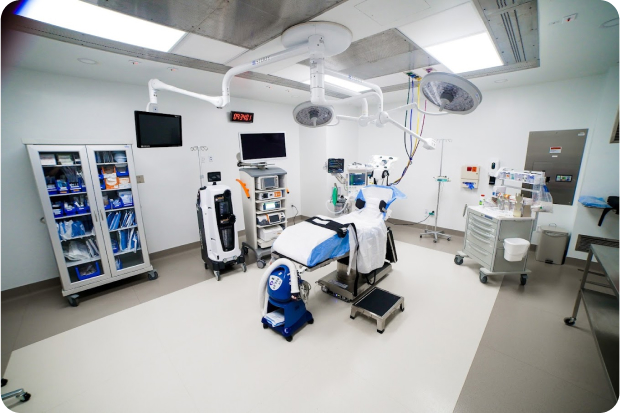 OUR LOCATIONSCall to book (212) 604-1300
OUR LOCATIONSCall to book (212) 604-1300
 OUR LOCATIONSCall to book (212) 604-1300
OUR LOCATIONSCall to book (212) 604-1300
Table of contents
During this procedure, a corticosteroid (anti-inflammatory medicine) is injected into the epidural space to reduce inflammation and pain. Your physician may inject into the epidural space from behind, this is called an interlaminar injection. When your physician goes in from the side, it is called a transforaminal injection. If the needle is positioned next to an individual nerve root, it is called a selective nerve root block. When performed from below it is called a caudal injection.
An IV may be inserted to administer intravenous medication(s) to help you relax. A local anesthetic will be used to numb your skin.
Fluoroscopy, a type of x-ray, will be used to insure the safe and proper position of the needle. A dye will also be injected to make sure the needle is in the correct spot. Once your physician is sure the needle is correctly placed, the medicine will be injected.




You will be monitored for up to 30 minutes after the injection. Before you leave, you will be given discharge instructions. Keeping track of your pain helps the doctor know what the next steps will be.
As our practice shows, your pain may become a little worse for a day or two. This is normal. It may be caused by needle irritation or by the steroid itself. Steroids usually take two or three days to start working, but can take as long as a week. You should be able to return to work the day after the injection, but always check with your doctor.
The amount and duration of pain relief varies from person to person and is dependent on many factors including underlying pathology and activity level. Some can have relief that lasts for years, while others have short-term relief. Usually a series of injections, often three, each spaced a week or two apart, are given. It is important to discuss with your physician your response to epidural steroids in order to plan future treatment options.
If you’re experiencing chronic pain in the lower back or legs, a lumbar epidural steroid injection may be able to help. The specialists at New York Pain Care utilize precise, image-guided techniques to pinpoint the area in which to inject medication to reduce inflammation, improve mobility, and help avoid invasive treatment. Call us today to book your consultation and take the first step to a better, more active life.
New York Pain Care
20 Squadron Blvd, Suite 290
New City, NY 10956
(212) 242-8160






